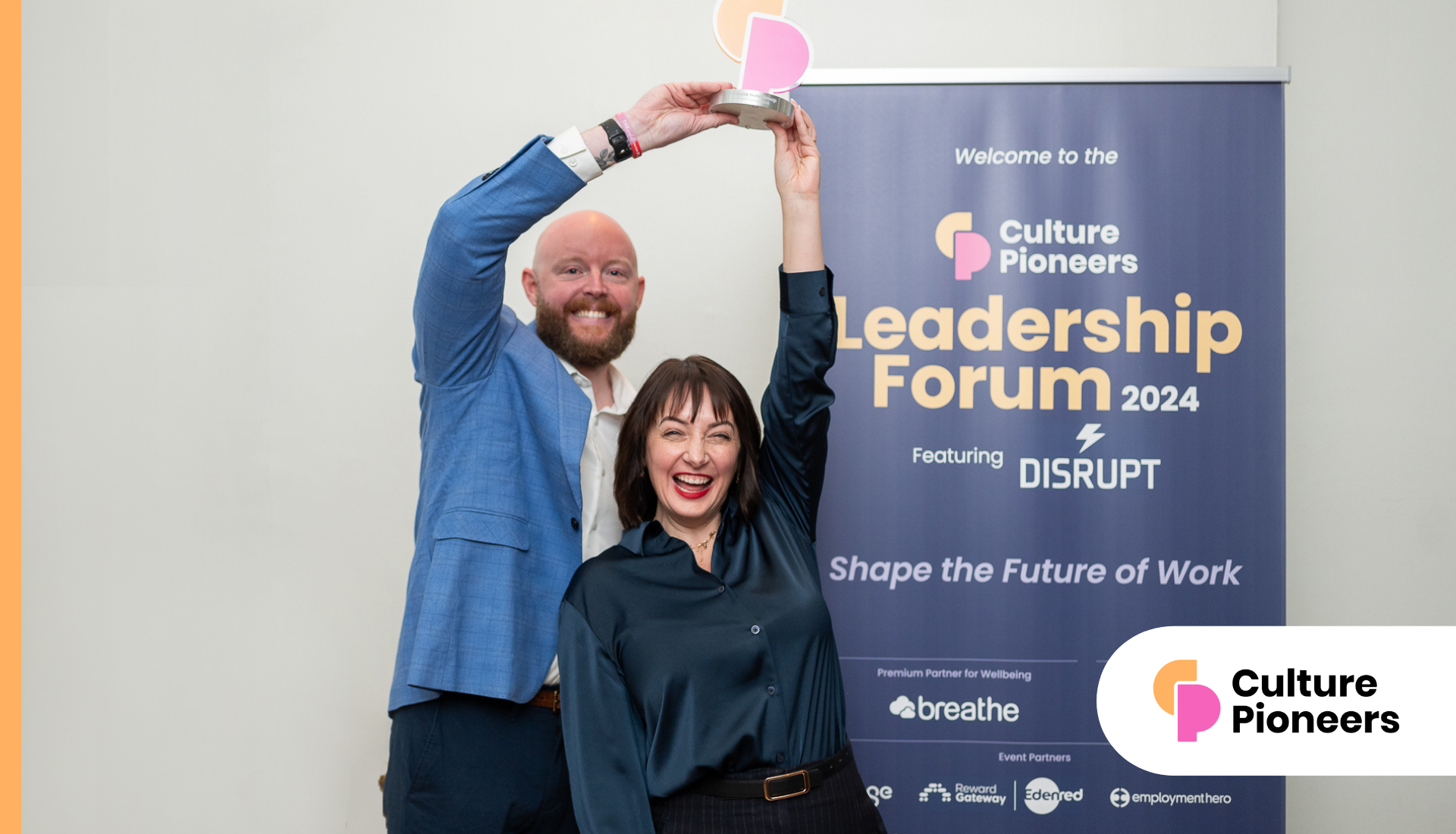Getting a job has become a bit of a race. Candidates are applying for more companies than ever before, and because of this the celebrated ‘purpose’ of employer value propositions are starting to have less impact than we might think.
Nowadays jobseekers are applying for roles across a range of industries.
Employers now need to focus on ‘job brand’ over employer brand. This raises some interesting challenges for organisations.
In the digital era, candidates are now behaving in ways we may not expect.
Employer brand has less impact on their decision to apply to a company or not. Potential candidates are not ‘shopping’ like consumers, comparing one brand to another and limiting applications.
Tracking from websites shows that candidates are not paying too much attention to the brand content before hitting ‘apply’ and starting the process.
There is little evidence of consuming content, looking at review sites or conducting hours of research.
What we are seeing is a concentration of attention on the job pages, where candidates determine suitability before hitting ‘apply’. This creates a new set of challenges for recruitment teams.
The candidate ‘black hole’
This digital footprint of career site visitors (we can track page views, linger time and bounce rate) suggests that candidates are making decisions on whether to proceed with the application based on criteria like location, salary and minimum requirements.
What is clear from this is the need for single job landing pages that clearly show job titles, salary, location and disqualifiers.
What drives this behaviour? It could be the candidates’ expectation that the likelihood of a response is limited.
Candidates now seem to expect at the end of the application process they just will not hear from the employer, which is why they no longer spend lots of time researching before applying.
Indeed, the so-called candidate ‘black hole’ is consistently named as the number one complaint from candidates to employers internationally.
Feedback from candidates expressed frustration that employers fail to consistently acknowledge initial interest from job seekers or provide definitive closure when they are no longer pursuing candidates.
When moving through the hiring funnel, candidates are also discouraged by organisations that fail to deliver consistent candidate communication from pre-application to onboarding.
Increased volume
The point about employers not offering definitive closure to candidates who have been rejected appears to be a consistent theme in all candidate experience research.
Candidates now seem to expect at the end of the application process they just will not hear from the employer, which is why they no longer spend lots of time researching before applying.
The volume of applications organisations now receive only adds to this problem, making communication without automation almost impossible.
The objective should be to reduce the volume of applicants significantly whilst improving the conversion ratios from application to hiring.
Of around 9 million applications tracked by Oleeo and leading industry commentator Bill Boorman, only 10% of candidates were invited to a first stage screening.
Interestingly this did not differ much from sector to sector. First stage screening consisted of a first round interview, telephone or video interview.
If the trend for an increased volume of applications continues (and we believe it will), organisations need to have a clear strategy for managing this in an automated way, including screening and scheduling in the application process.
The advent of chatbots as part of this process has had dramatic results when it comes to doing all of these things with one action.
The ‘talent tipping point’
A greater volume of applicants also suggests that organisations have or will soon reach what we call the ‘talent tipping point’.
The talent tipping point is when the organisation has enough contacts already in its applicant tracking system from previous applications to fulfill future hiring requirements.
The challenges here are threefold:
1. Data: namely, organising the people data for data retrieval over data storage. People data includes previous applicants, employees (successful applicants), former employees (alumni) and connections such as those who have signed up for a talent network but have not yet applied.
2. Managing relationships: In particular, retaining relationships with people when they are outside of a direct hiring funnel.
A CV becomes a historical data set after the day it is submitted.
When we look at a CV as a data document, rather than a job application accurate data mining enables us to properly understand people data for queries such as:
- Locations
- Education
- Skills
- Experience
- Diversity
- Lengths of service
- Employers
- Historical experience
- Successful profiles
- Source of application
- Source of hire
These are the headlines, although we can go much deeper to properly understand the makeup of the people in the markets that we hire in.
This enables forward thinking organisations to better target people through intelligent recruitment marketing activity and employer branding efforts.
3. Diversity monitoring: by understanding the groups of people who are successful in the application process we can check for diversity (to make sure we are reaching a diverse group of applicants with our message, making adjustments where necessary), and move from macro targeting (to as wide an audience as possible), to micro targeting to a more precise audience.
When we consider that between 94 and 99.5% of the applicants were unsuccessful in their application for employment, organisations need to look at targeting and message.
The objective should be to reduce the volume of applicants significantly whilst improving the conversion ratios from application to hiring.
In particular, we know from the dwell time and other actions users carry out on job pages that applicants are using four main criteria to determine whether to hit ‘apply’ or opt out:
- Location
- Job title
- Salary
- Disqualifiers
Disqualifiers are the minimum requirements needed to successfully progress in the hiring funnel.
Most organisations have built these into the screening process after the candidate hits ‘apply’, which results in a huge rejection rate – this clearly needs some attention.
Better communication is needed when it comes to the disqualifiers in job ads – and this needs to be clear throughout the content and job landing pages in order to reduce the high volume of unsuitable applications.
Where video was used as a screening tool (the first action in the hiring funnel), we witnessed the highest rejection rate, compared with telephone screening.
A more focused approach
All of this involves moving away from a single hiring funnel and instead using multiple funnels divided by job disciplines.
This changes the emphasis from employer brand to job brand. Engagement and personalisation is needed throughout the process.
The whole journey from targeting to hiring should be seen as one flow, with candidate experience as a core priority and constant theme.
Following this approach means that the role of talent acquisition is much more closely aligned with learning and development.
This more focused approach is made possible by automating many of the hiring tasks that take so much time, such as outreach, short listing, scheduling and follow up, and gives recruiters the space and time to focus less on the transaction and more on developing relationships throughout.
[cm_form form_id=’cm_65a14c3f5da64′]
Developments in machine learning enable us to make better use of all the data available, whilst shifting thinking to prioritise factors such as diversity.
The demands of today’s agile digital world mean that organisations need to change their messaging and employ smarter selection processes. In doing so, they can make hiring a better experience for everybody involved.
Interested in this topic? Read The digital black hole – why HR needs to urgently digitise and socialise talent management.








